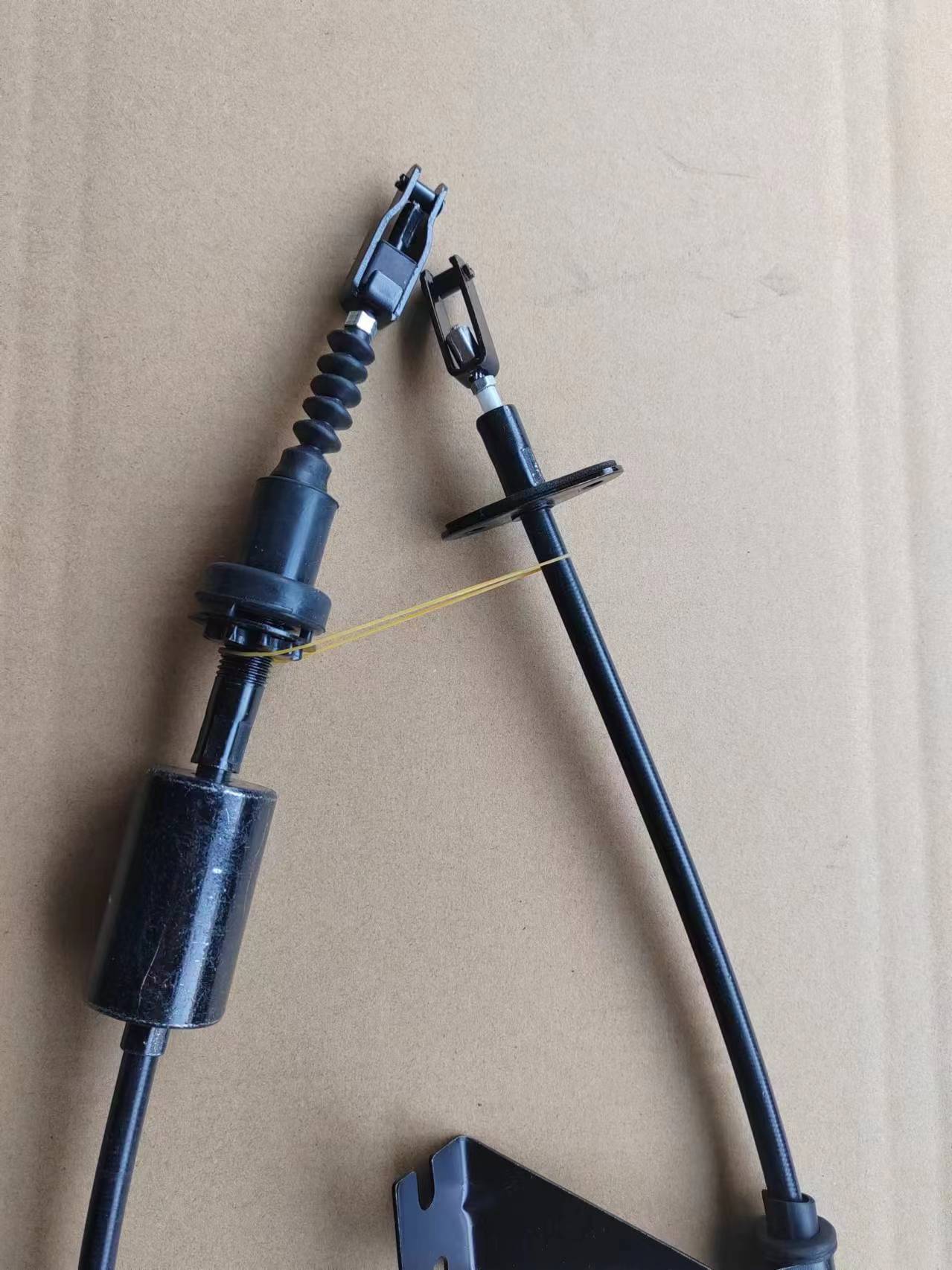Throttle Cable Management and Control Techniques for Optimal Performance
Understanding Throttle Cable Control An Essential Element of Engine Performance
Throttle cable control plays a crucial role in the operation of internal combustion engines, especially in vehicles
. This system is responsible for regulating the air and fuel mixture entering the engine, thus impacting overall performance and response. Understanding how throttle cable control functions is essential for anyone interested in automotive technology, mechanics, or even simply maintaining their vehicle.At its core, the throttle cable is a mechanical link between the accelerator pedal and the throttle body, the component responsible for controlling airflow into the engine. When a driver presses down on the accelerator pedal, the throttle cable pulls on the throttle lever, opening the throttle plate within the throttle body. This opening allows more air to flow into the engine, which, when mixed with fuel, generates more power.
The design of throttle cables can vary, but they typically consist of a flexible, metal wire housed within a durable casing. This casing protects the wire from environmental elements while allowing for smooth movement as the cable flexes. The materials used in manufacturing the cable are chosen for their strength and durability, as these cables must withstand significant tension and wear over time.
One of the major benefits of a throttle cable system is its simplicity and effectiveness. It provides a direct mechanical connection between the driver's input and the engine's response, offering a highly tactile driving experience. Drivers can feel the car’s response to throttle input, making for a more engaging and intuitive driving experience. Additionally, since throttle cables are less complex than electronic throttle systems, they are often cheaper to produce and maintain.
throttle cable control

However, like any mechanical system, throttle cables can experience wear and tear. Over time, fraying, stretching, or kinking of the cable can lead to sluggish response or complete failure to operate the throttle. Regular maintenance checks are essential for ensuring these cables remain in good condition, particularly in older vehicles where cable systems are still predominantly used.
In recent years, many automobile manufacturers have shifted towards electronic throttle control (ETC) systems, which use electronic signals to control the throttle instead of mechanical cables. These systems offer several advantages, such as improved fuel efficiency, enhanced throttle response, and the ability to integrate with advanced driving technologies like traction control and cruise control. Nonetheless, the classic throttle cable system continues to be valued for its simplicity and reliability.
For those interested in performance tuning, throttle cables can also be a point of modification. Performance aftermarket throttle cables can improve responsiveness and provide a more linear power delivery. Additionally, adjustments to the routing of the throttle cable can minimize friction and enhance the overall performance of the throttle response.
In summary, throttle cable control is a key component of vehicles that significantly impacts engine performance and driver experience. While modern advancements in technology have introduced electronic solutions, the mechanical throttle cable system remains a beloved and effective alternative in many cars today. Understanding how this system works not only helps in maintaining vehicles but also deepens one’s appreciation for the intricate mechanics of automotive engineering. Whether you're a seasoned mechanic, a car enthusiast, or simply someone looking to learn more, a grasp of throttle cable control is undoubtedly beneficial.
-
Upgrade Your Vehicle with High-Quality Handbrake CablesNewsNov.01,2024
-
Optimize Your Bike's Performance with Quality CablesNewsNov.01,2024
-
Enhance Your Vehicle's Performance with Quality Clutch ComponentsNewsNov.01,2024
-
Elevate Your Vehicle's Performance with Quality Throttle CablesNewsNov.01,2024
-
Elevate Your Vehicle's Performance with Quality CablesNewsNov.01,2024
-
Affordable Solutions for Your Cable NeedsNewsNov.01,2024
